But as politics run deep in Cyprus, it comes with cultural baggage
Nicosia’s central Selimiye mosque, one of Cyprus’ oldest and most beautiful landmarks, has reopened after spending five years under wraps as renovations were ongoing both inside and out.
A tasteful job has been done, with the old bright red carpet now having been replaced with a cooler, calmer, turquoise alternative, and the arches, once whitewashed, now returned to their original exposed sandstone.
To my untrained eye, the new colour scheme, as well as the decision to leave exposed a couple of medieval frescoes depicting Christian scenes, original paintwork, and even a 16-rayed sun underlined with the Latin phrase ‘Nomen Glor’, shorthand for ‘His name be glorious’, and ornate Arabic calligraphy on multiple walls, gives it a sense of grounding and a sense of place.
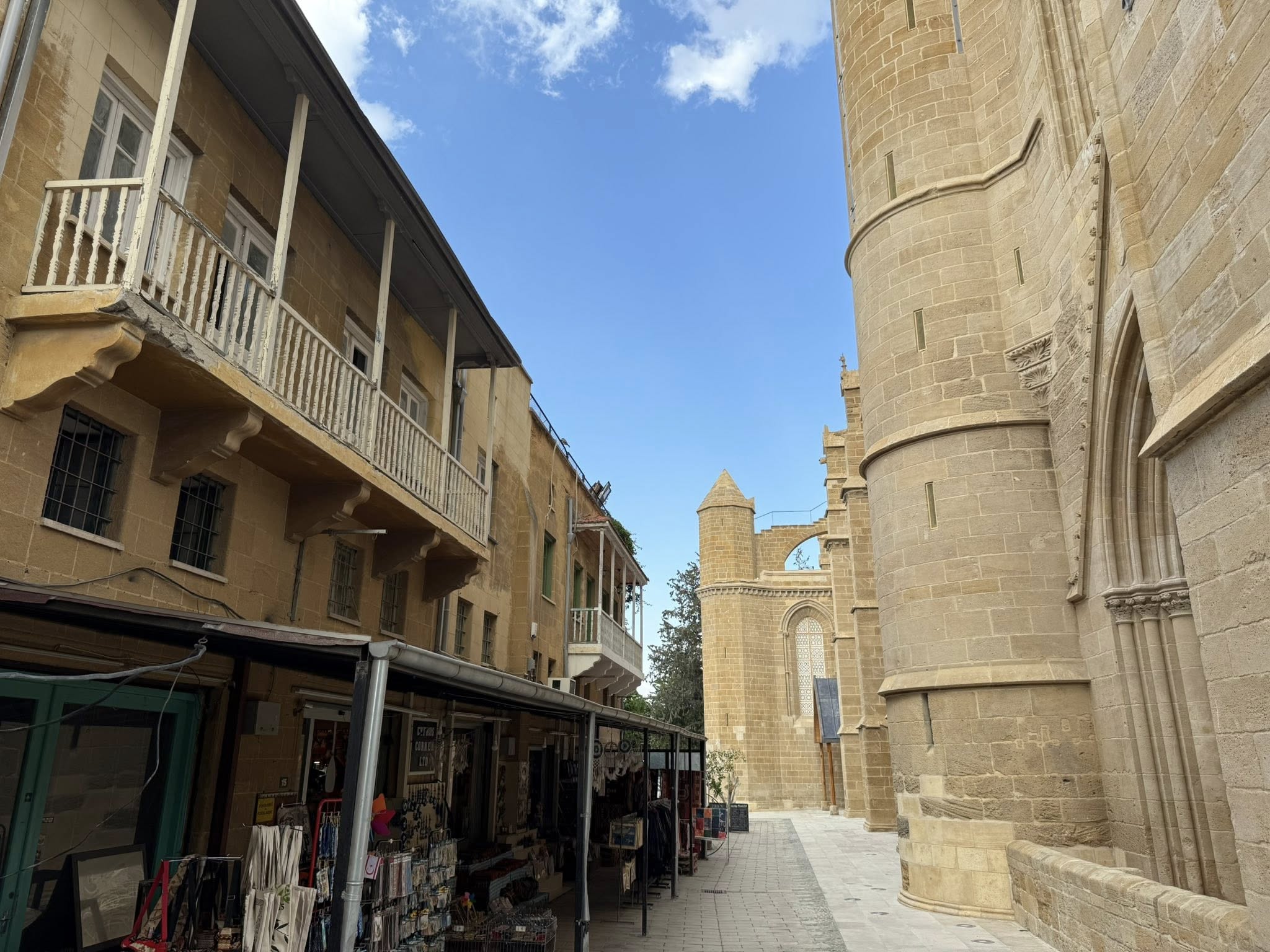
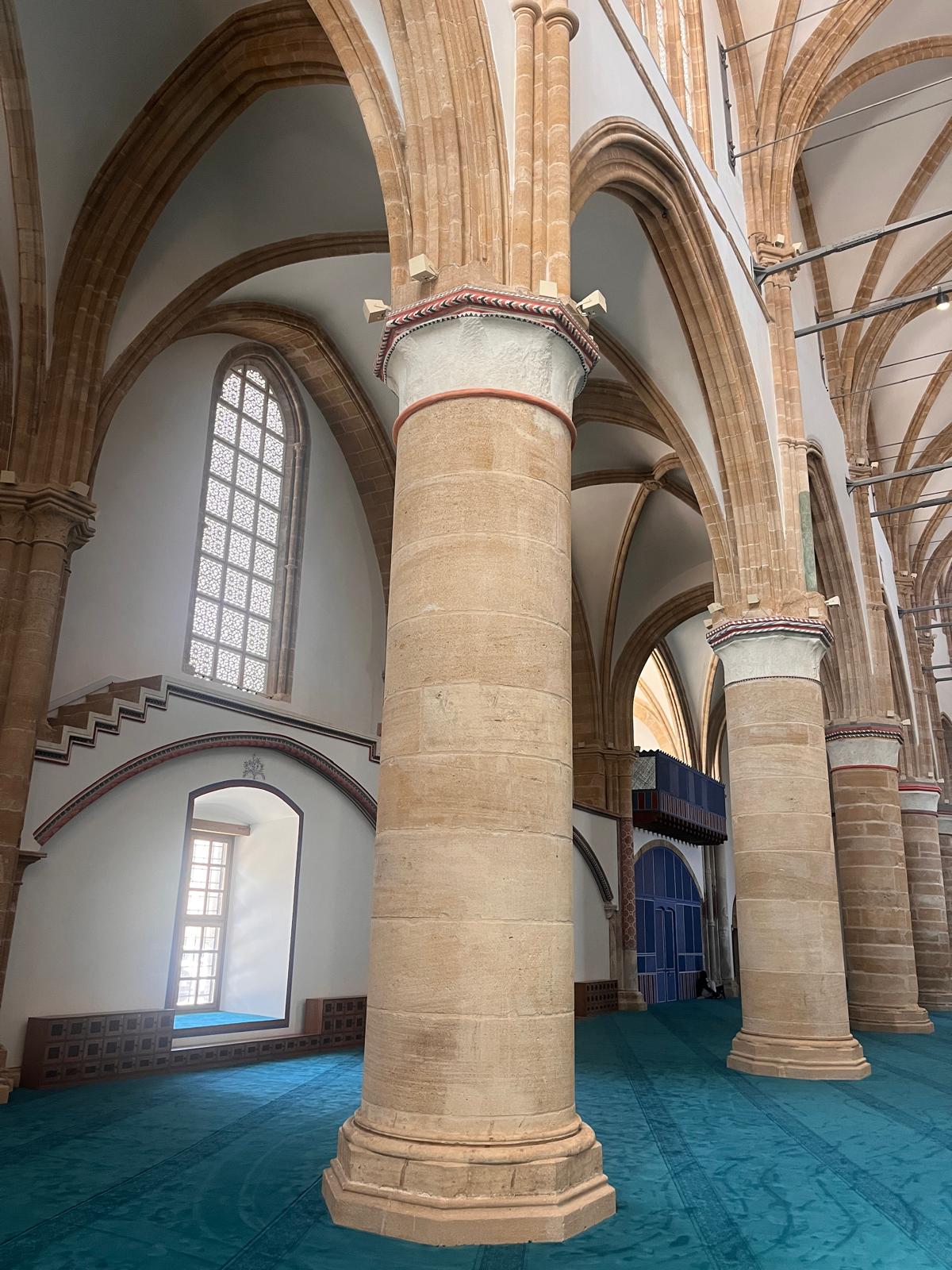
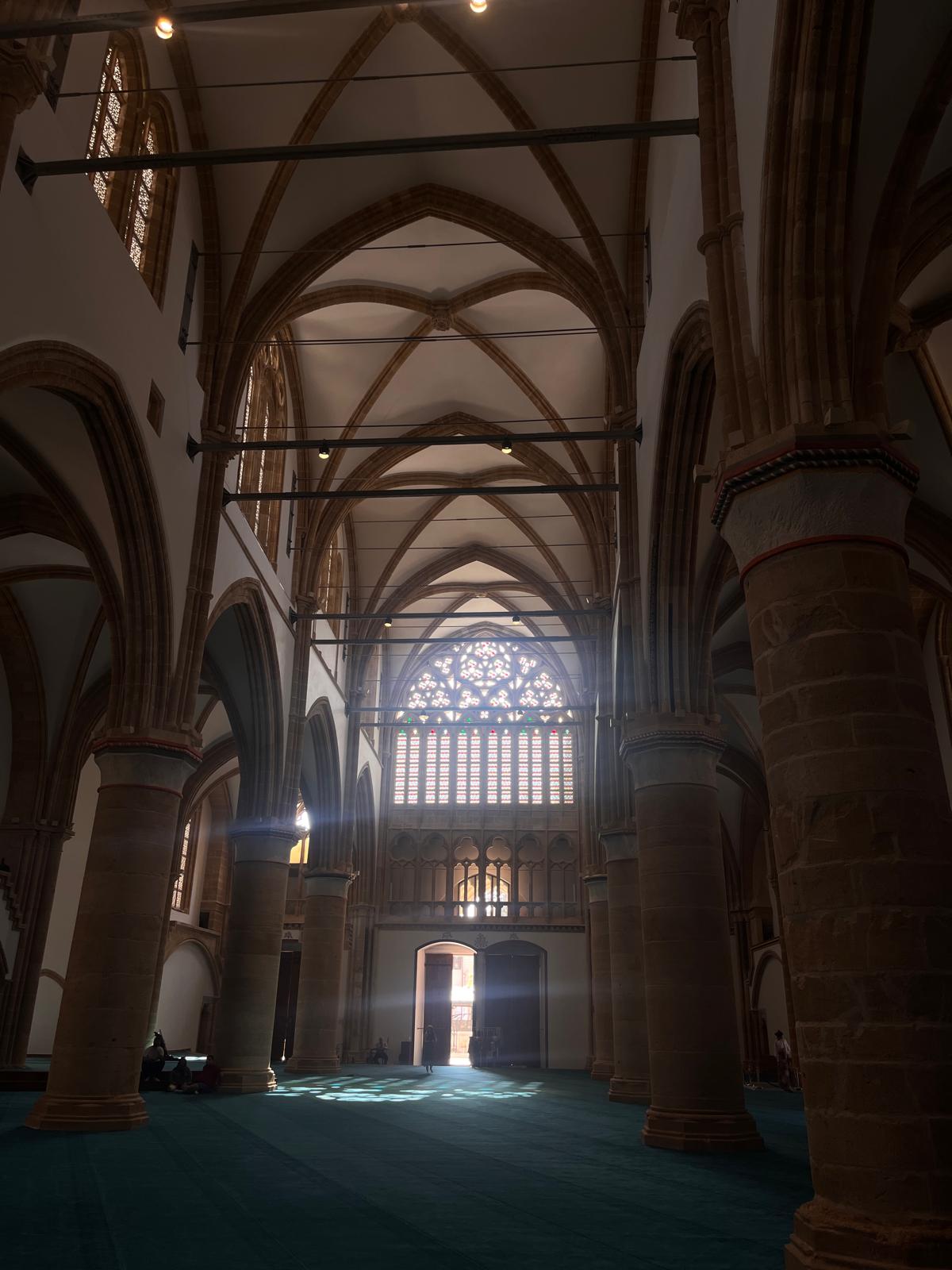
The modern mosque tells a story of its own centuries-long history, as well as that of Cyprus itself, with evidence and echoes of the various empires and peoples who have passed through in plain sight throughout the building.
If Cypriots got on politically, there could be a metaphor to be played with about our capital city’s central mosque, converted by the Ottomans in 1570, hosting both an intricately painted mihrab and a stained-glass window.
Having spent some time taking the mosque in, we took to the streets with the aim of asking local business owners about their prospects and their feelings now the tourist attraction next door can once again begin attracting tourists, but drew blank after blank after blank.
Whether it was a kebab shop, a corner shop, a coffee shop, or a souvenir shop, not one person was willing to tell the Sunday Mail what they thought as soon as the word “mosque” passed through my lips.
Everything in Cyprus, particularly in northern Cyprus, is political, and the matter of religion has been turned into something of a political wedge issue in the north in recent months. Expressing an opinion to a newspaper about a mosque, particularly one of which renovation work was led by Turkey’s culture ministry, is now somewhat taboo.
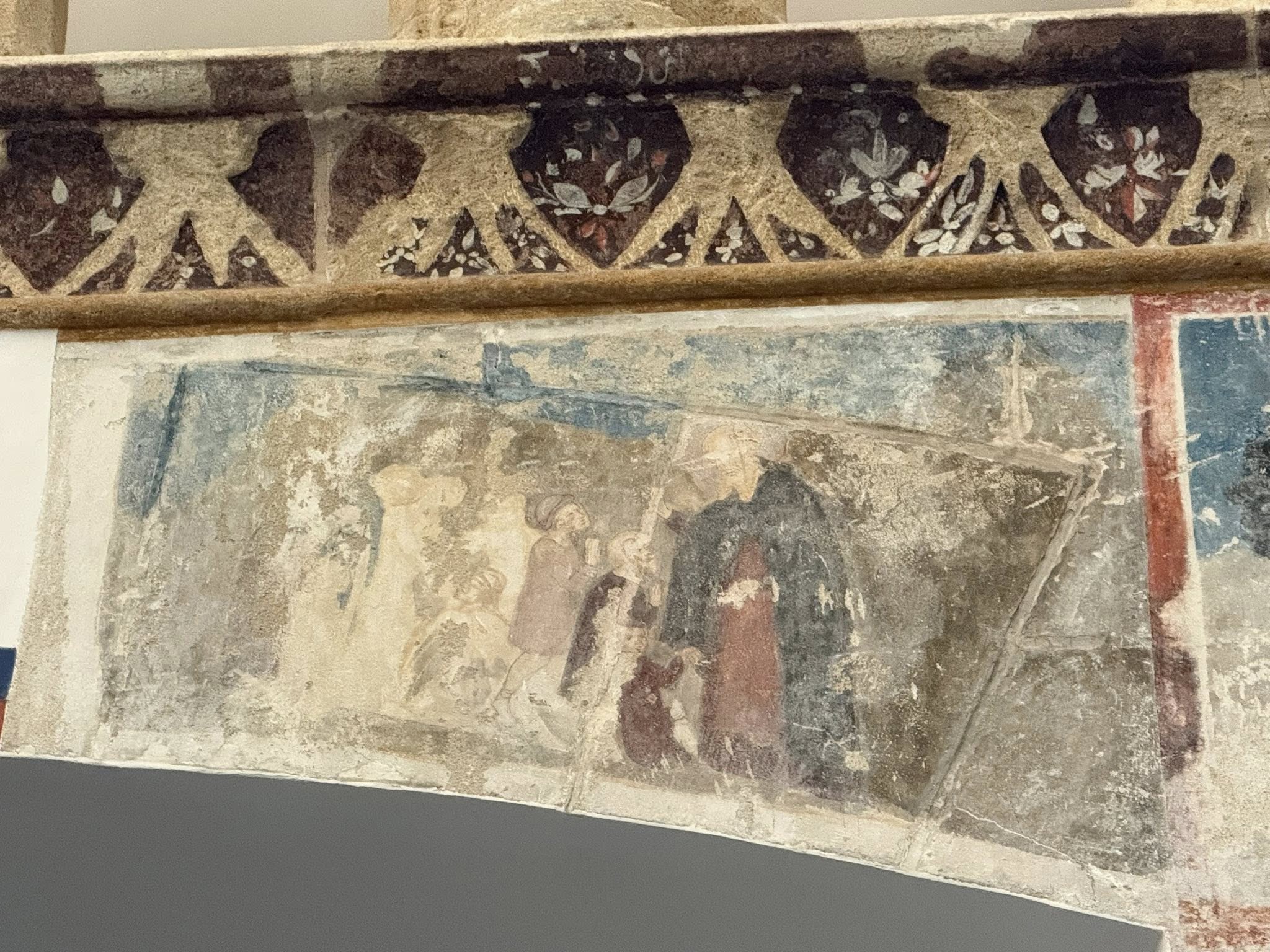
Questions and quarrels surrounding religiousness have been prominent in Turkish Cypriot society since the spring, when the north’s ruling coalition decided to legalise the wearing of hijabs by girls in public schools, breaking with decades of staunchly secular tradition in Turkish Cypriot education and aligning themselves closer to Turkey, which had itself legalised hijabs in schools in 2014.
However, the ruling coalition faced a fierce backlash from teachers, the majority of whom are staunchly secular, before withdrawing the law shortly thereafter, but then reinstated it in April.
Turkish Cypriots have in large numbers rejected the law, taking to the streets of Nicosia in their thousands on three separate occasions.
The matter even provoked a direct intervention on the part of Turkish President Recep Tayyip Erdogan during his visit to the north at the beginning of May.
“If you try to mess with our girls’ headscarves in the Turkish Republic of Northern Cyprus, I am sorry, you will find us against you,” he had said.
In light of this context, expressing an opinion on a mosque, even one which has stood on that patch of land for centuries, and where ground was broken for the church it was originally constructed to be in 1209, the year Francis of Assisi founded the Franciscan Order, is a deeply political statement, and one which small business owners have decided to avoid.
While it may have fallen victim to culture wars in recent months, the mosque predates most things on this island, and will likely outlast most which are around today.
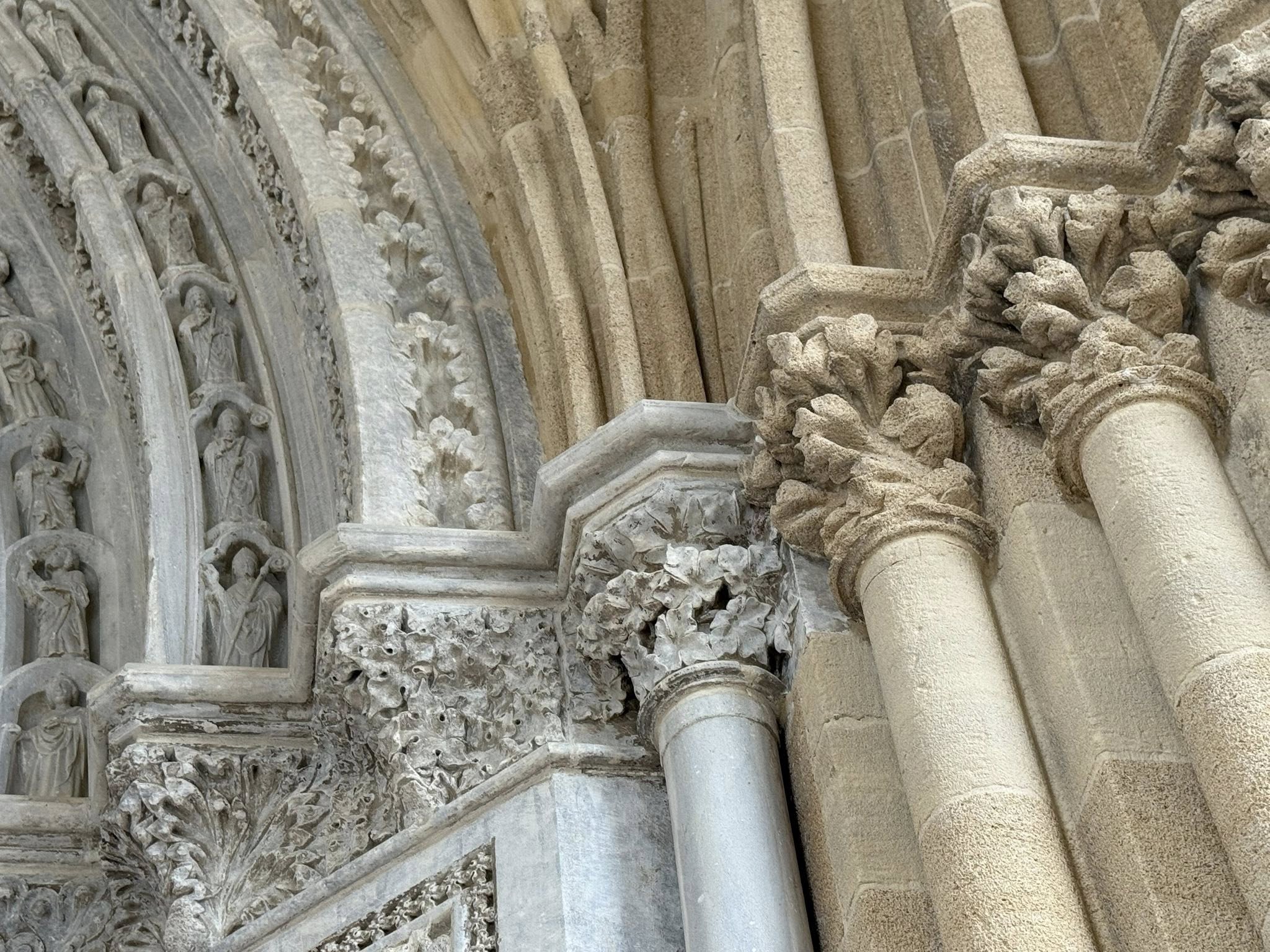
It was originally built as a church named Ayia Sophia, with the church consecrated in 1326, over a century after ground was first broken.
When Cyprus was under Lusignan rule, the church was the place of coronation for the Kings of Cyprus, and later became the coronation church of the Lusignan Kings of Jerusalem and the Lusignan Kings of Armenia.
The unfinished church also housed the trials of the Knights Templar in 1310.
It suffered severe damage during the 1491 Cyprus earthquake, but was largely restored in the following years, and became the centre of Nicosia when the Venetians built the city’s walls in the 16th century.
The church was converted to a mosque when Nicosia was taken by the Ottoman Empire in 1570, and minarets were added the same year. It remained the largest mosque in Cyprus until the Hala Sultan mosque in Mia Milia was completed in 2018.

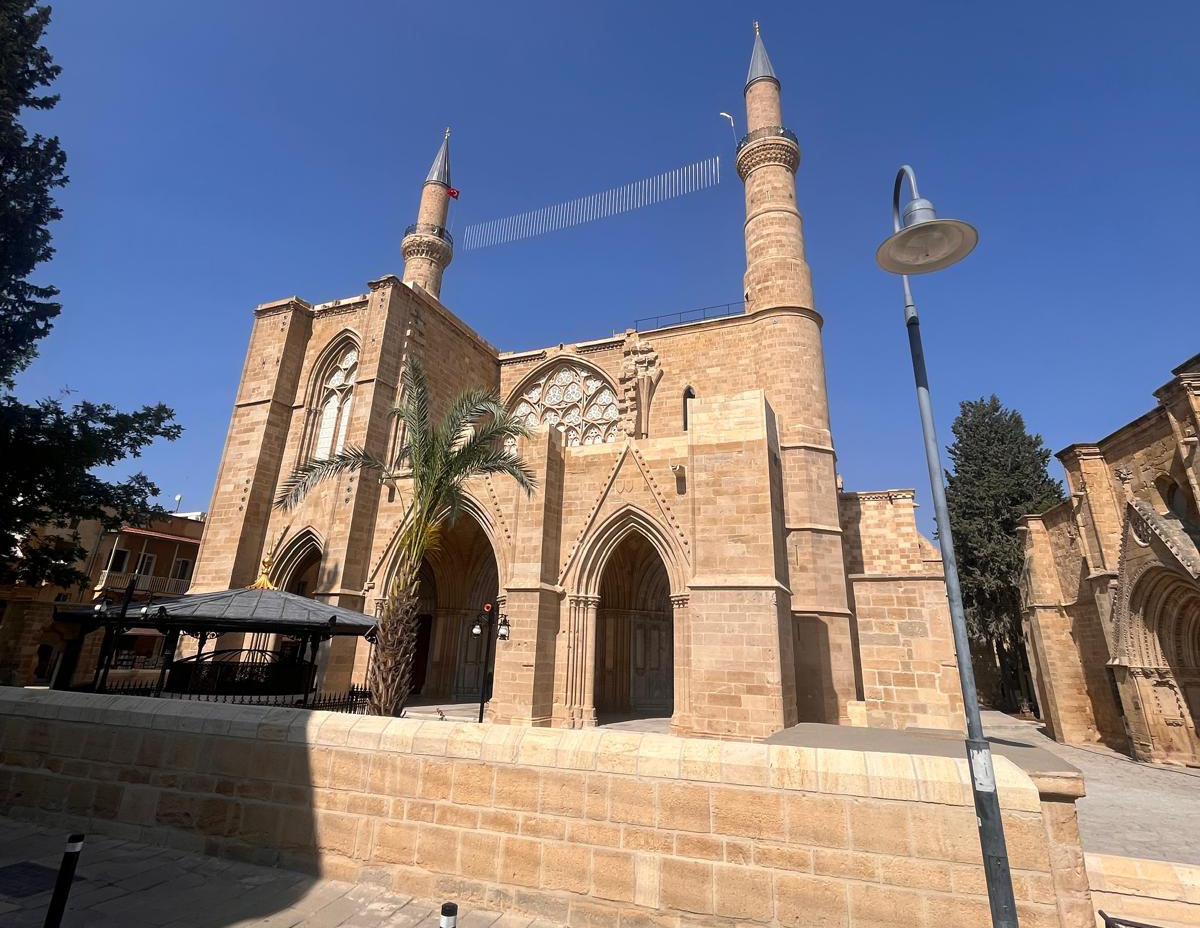
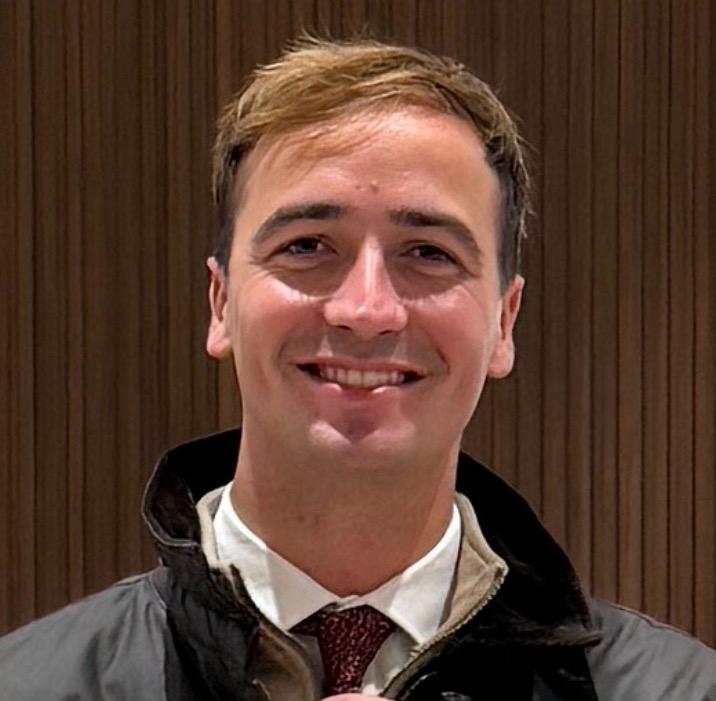
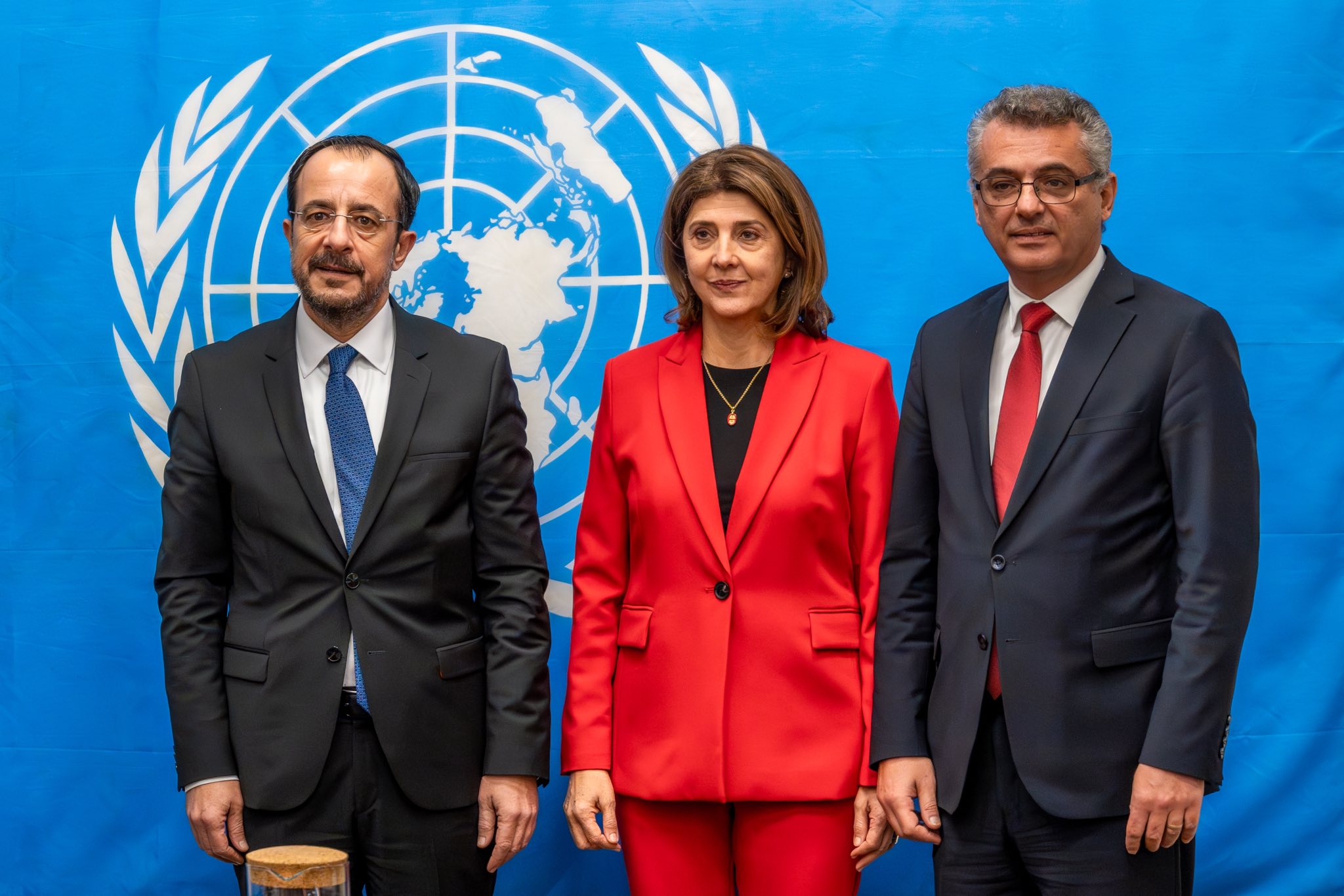
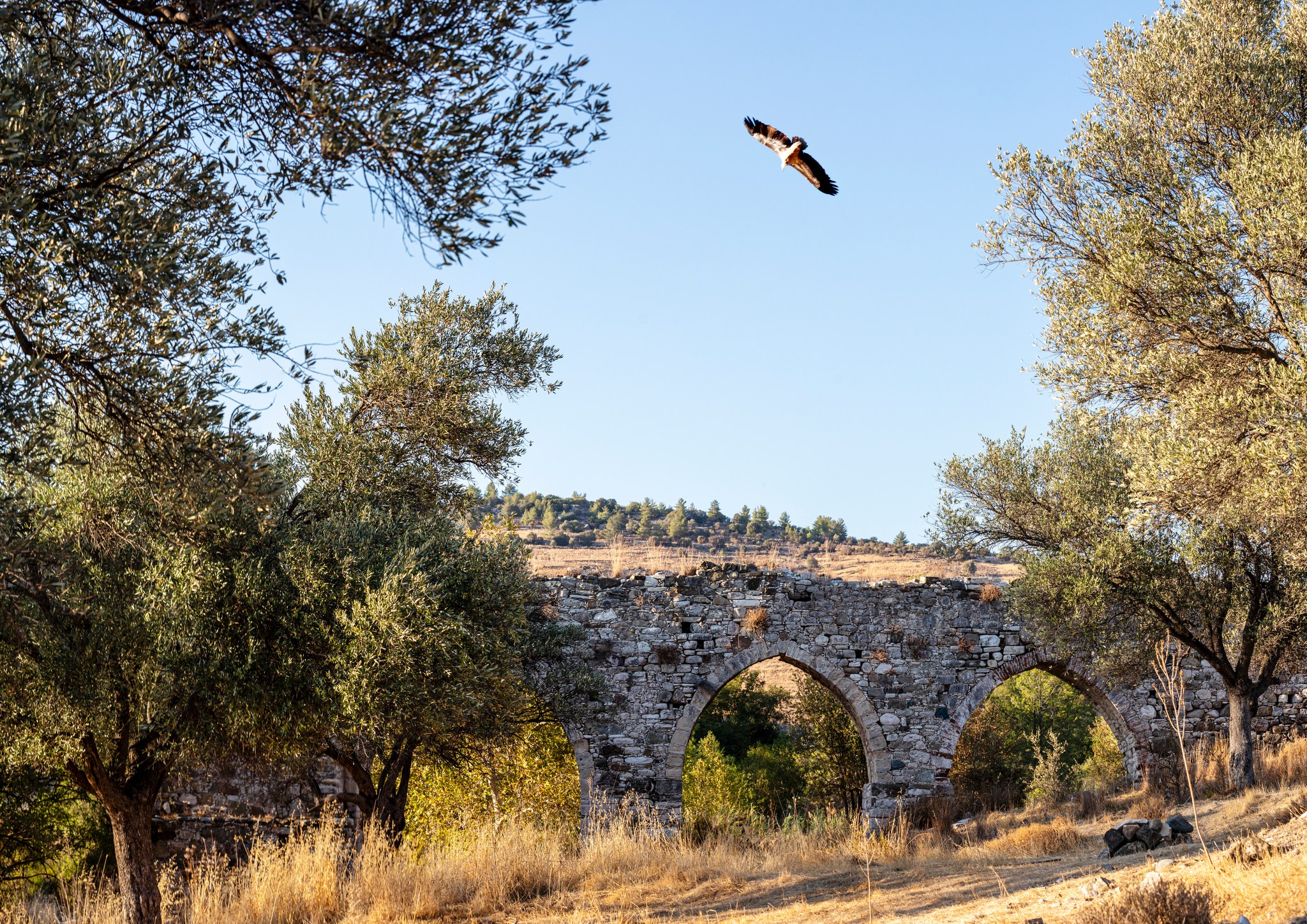
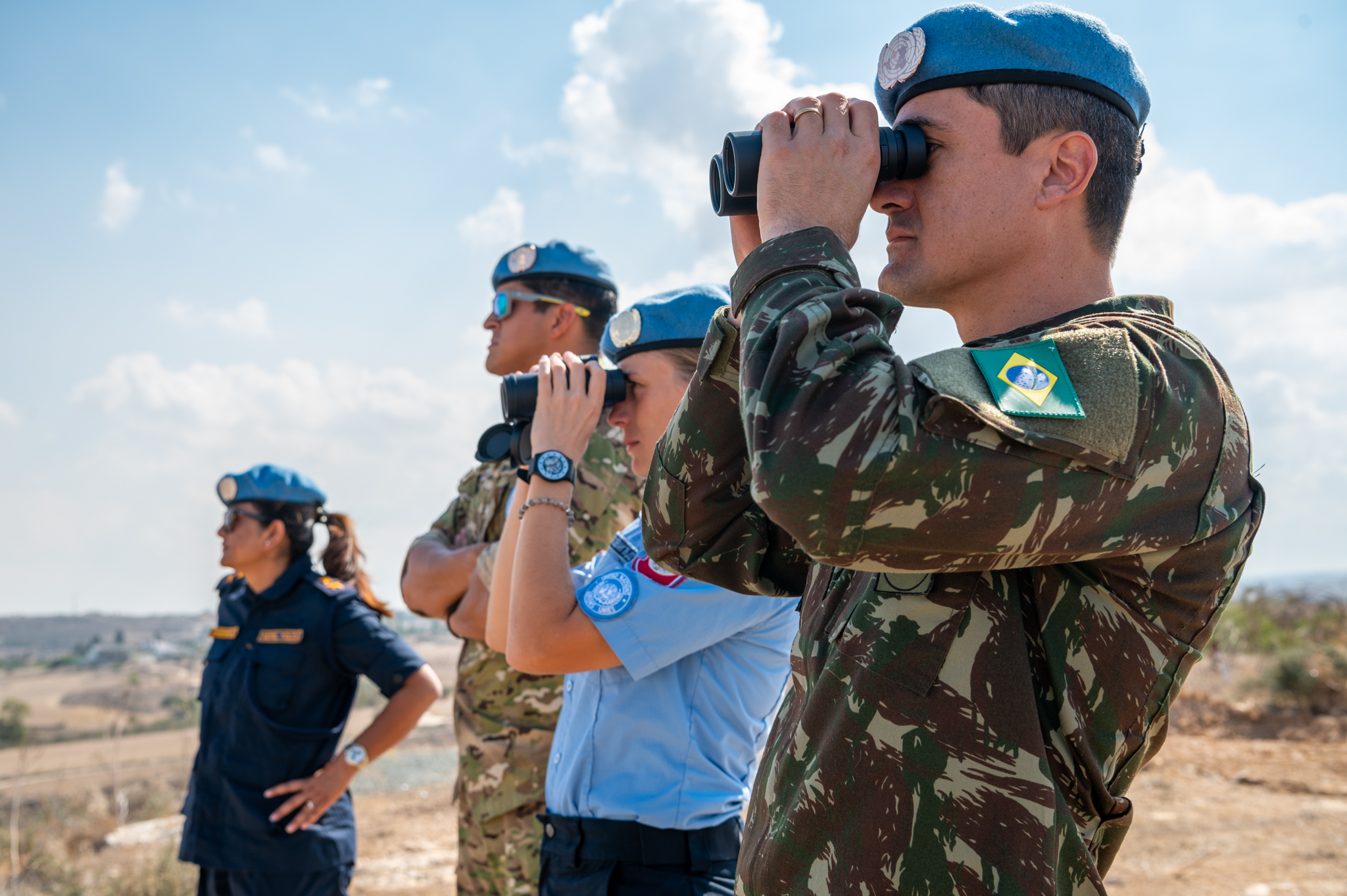
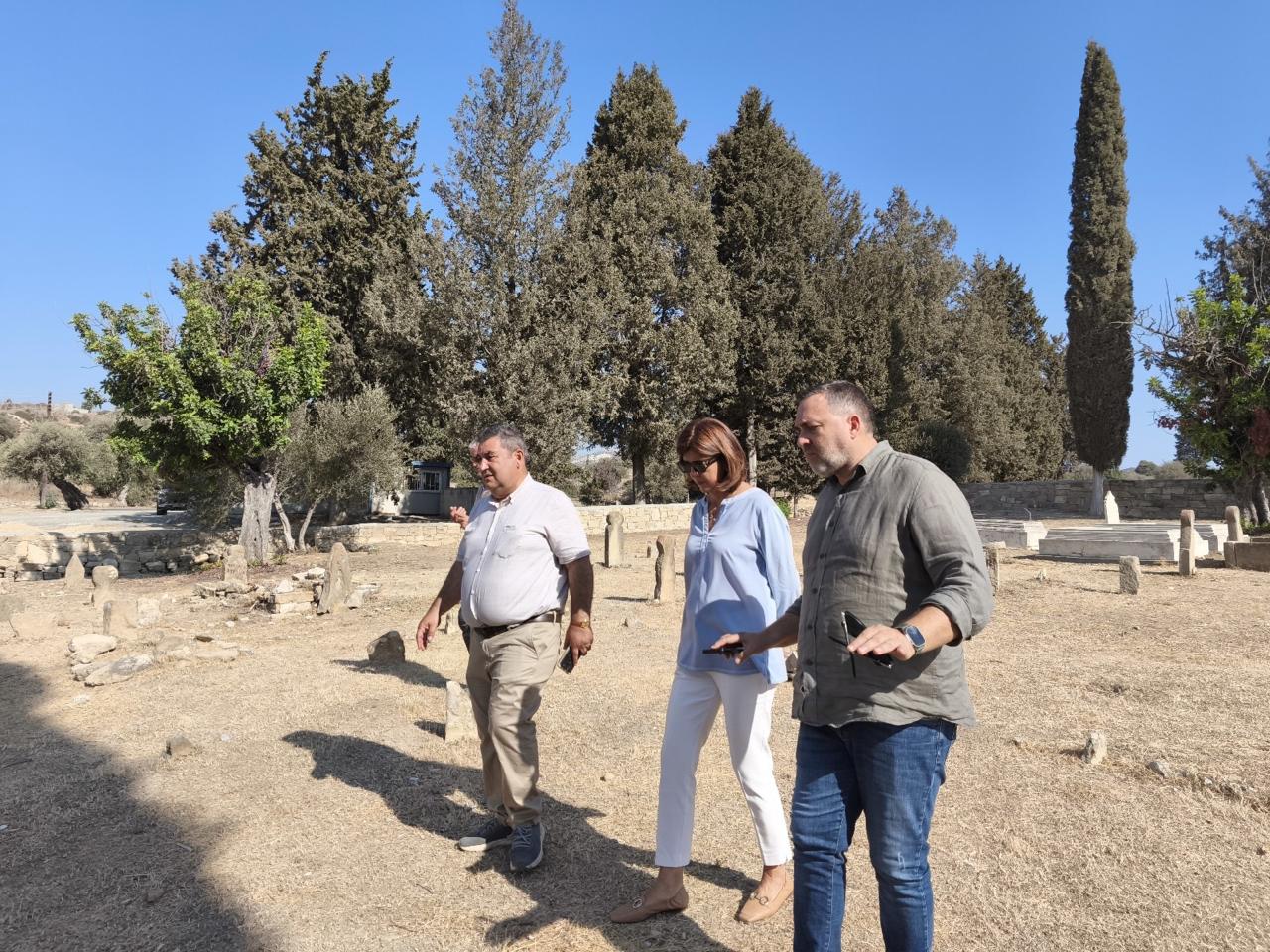
Click here to change your cookie preferences